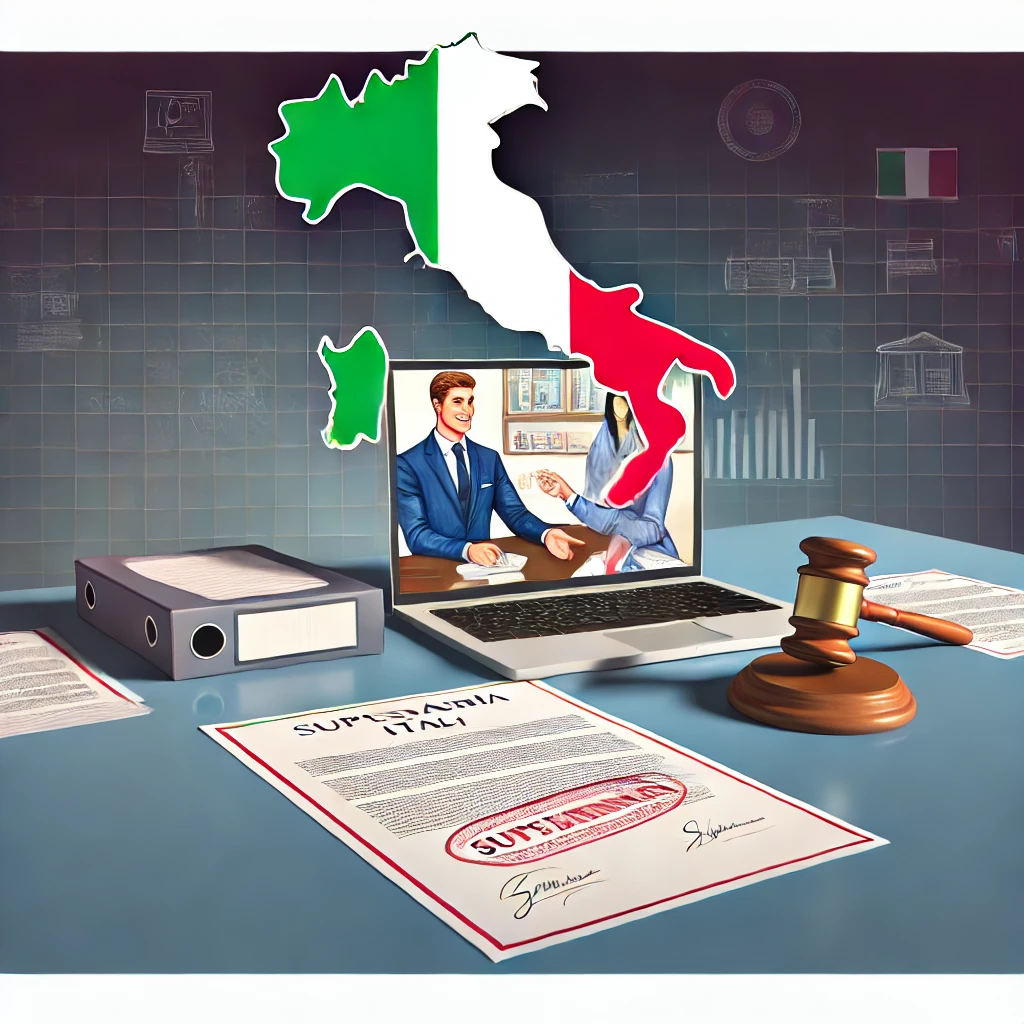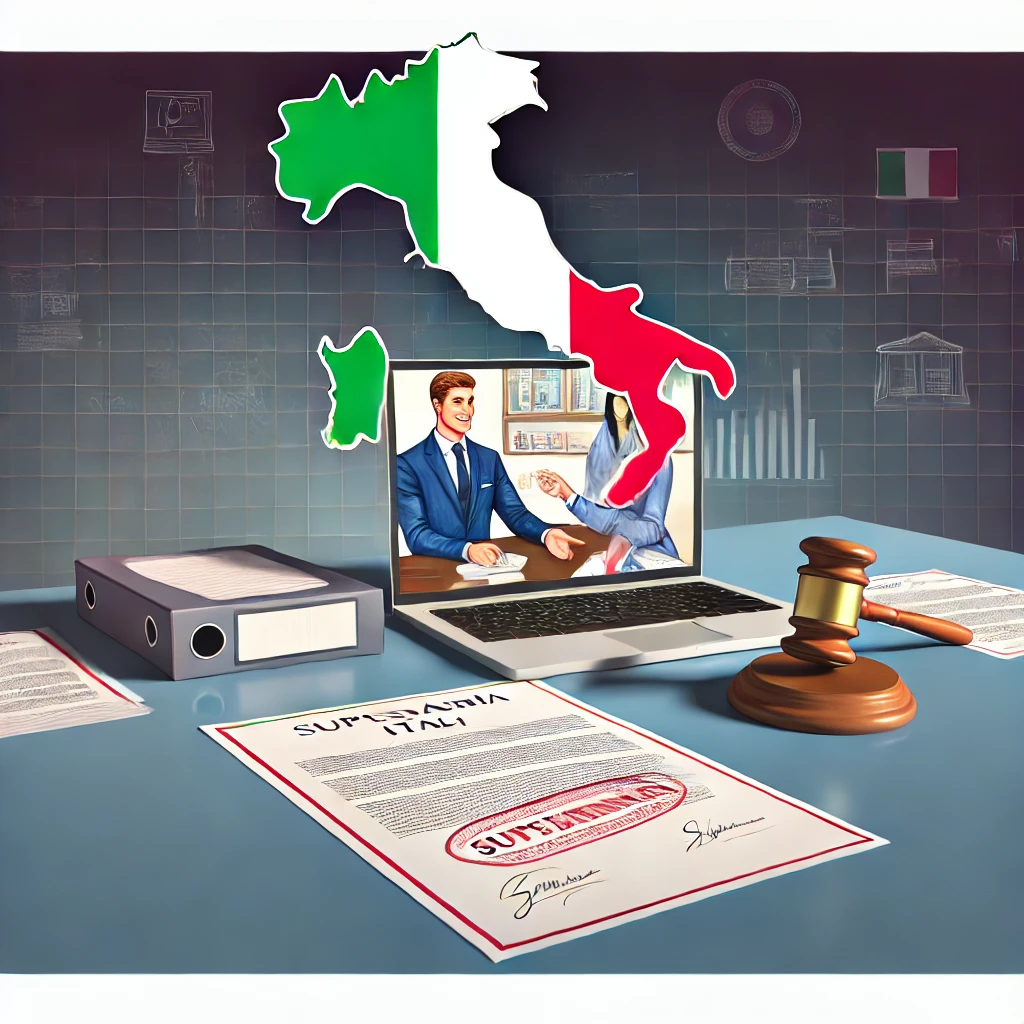When opening a company in Italy, it’s essential to understand the legal landscape. Today, we’ll delve into the concept of a subsidiary in Italy—what it is, how to form one, and why it matters.
What is a subsidiary in Italy?
First off, businesses in Italy generally set up either a branch or a subsidiary. So what’s their difference? A branch is an extension of the parent corporation, not a separate legal organization. Thus, the whole responsibility for the financial status and commitments are up to the parent company,
On the other hand, a subsidiary is a separate legal entity owned by a foreign corporation. This can include a variety of company structures, such as a Limited Liability Company (S.r.l.) or a Joint Stock Company. In these terms, this setup is ideal for businesses looking to establish a subsidiary in Italy and navigate Italian law effectively.


Types of Subsidiaries in Italy
Now, when you decided to open a subsidiary in Italy, the next step is to understand the different types available:
Wholly Owned Subsidiary
A wholly-owned subsidiary is entirely owned by the parent company, meaning it requires a minimum of 100% of the subsidiary’s shares. As a result, the parent business gains total authority over all aspects of the subsidiary’s activities, including board appointments and voting rights. This structure allows the parent company to directly influence the subsidiary’s strategy, policies, and day-to-day management without external interference. The subsidiary operates as an independent legal entity, but its financial results are fully consolidated into the parent company’s financial statements aka income tax returns.
Partly Owned Subsidiary
Next comes a partly-owned subsidiary. Here, the parent company holds a minority stake, typically ranging from 1% to 49% of the subsidiary’s shares. Though it owns less than half of the subsidiary, the parent firm still gets a majority vote on important issues, meaning it has a big say in important areas of the subsidiary’s operations. This flexibility is useful for managing investment and corporate tax considerations while still guiding the subsidiary’s strategy.
Joint Venture Subsidiary in Italy
Finally, a joint venture subsidiary. It is usually co-owned by two companies, each holding company equal 50% share of the subsidiary’s stock. In this case, both parent firms share equal power, and decisions usually need to be agreed upon by both parties. When two businesses choose to work together on a project or initiative that makes use of their combined capabilities, resources, or market presence, they frequently employ this arrangement. With shared risks and benefits, the joint venture subsidiary functions as a distinct legal organization. Its governance is often set up to guarantee equal participation from both parent firms.
Common Business Forms for Italian Subsidiaries
One common fact you must know before you step into the process. Italian subsidiaries typically adopt one of two business forms:
- Public Limited Companies (S.p.A): Best for companies requiring a complex governance structure, including a board of statutory auditors.
- Limited Liability Companies (S.r.l): Offer more flexibility and autonomy, with the appointment of a board of statutory auditors being mandatory only under specific conditions. It is ideal for smaller to medium-sized enterprises looking to establish a private limited liability company.
How to Form a Subsidiary in Italy?
It’s high time to start the process. So, let’s take a look at the step-by-step process and discuss each step separately.
The first step in forming a subsidiary in Italy is to select the proper structure. Your business in Italy must suit your operations, whether it’s an S.r.l, S.p.A, general partnership, or limited partnership.
Next, you have to pick a trade name and register it with the commercial register. Then, you must appoint directors and shareholders for the subsidiary. Ensure they obtain Italian tax identification numbers. If they cannot travel to Italy, provide a power of attorney translated into Italian or English.
After executing the articles of association, your company in Italy will receive a VAT number from Agenzia delle Entrate.
When these steps have been completed successfully, it’s time to submit all necessary documents to the Chamber of Commerce (Registro delle Imprese). The main document list includes:
- deed of incorporation
- the Registro delle Imprese (Register of Enterprises)
- the legal address of the parent company in the foreign country
- lease agreement for the Italian subsidiary’s registered address (a virtual office is an option)
- foreign company’s representative details
- documents for share capital and a bank receipt confirming the deposit (you have to deposit at least 25% of the required capital into an Italian bank account to receive a certificate of deposit)
- finally, resolutions establishing the Italian subsidiary, along with powers of attorney and appointments of legal representatives and board members.
All set up! You’ll receive the certificate of incorporation (Visura) from the Chamber of Commerce too. This process can typically be completed in about six days.
To sum up…
Understanding these steps and the legal framework is essential for establishing a successful subsidiary in Italy. With the right approach, foreign companies can leverage Italy’s business environment to expand their operations and thrive in the European market.
Would you like to learn more about similar topics? Then take a look at our related articles here, The Italian company registration number and report: What you need to know, How to start a small business in Italy and Buying a shelf company in Italy: What you need to know





